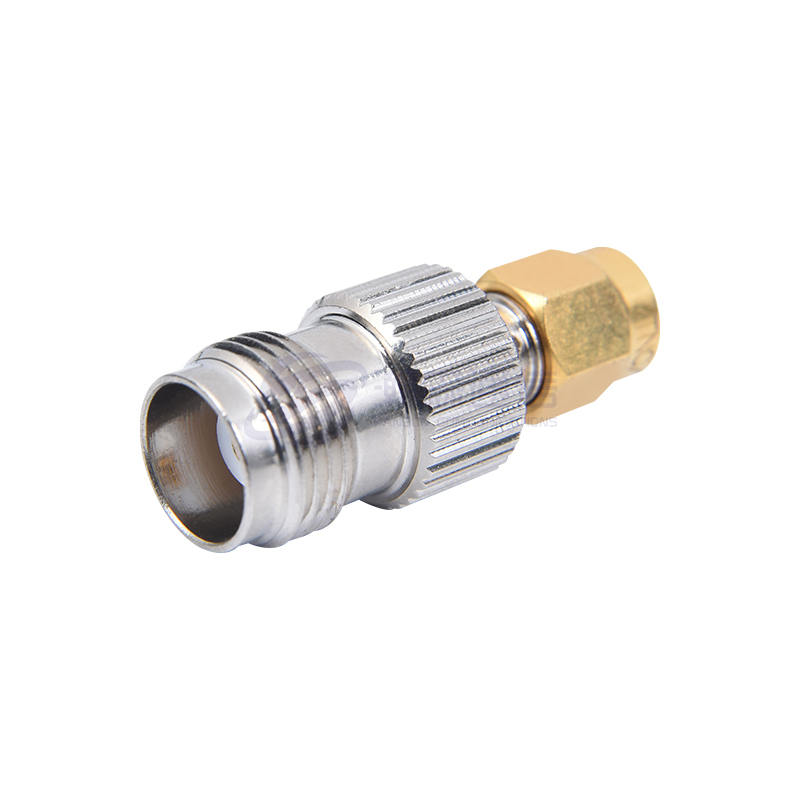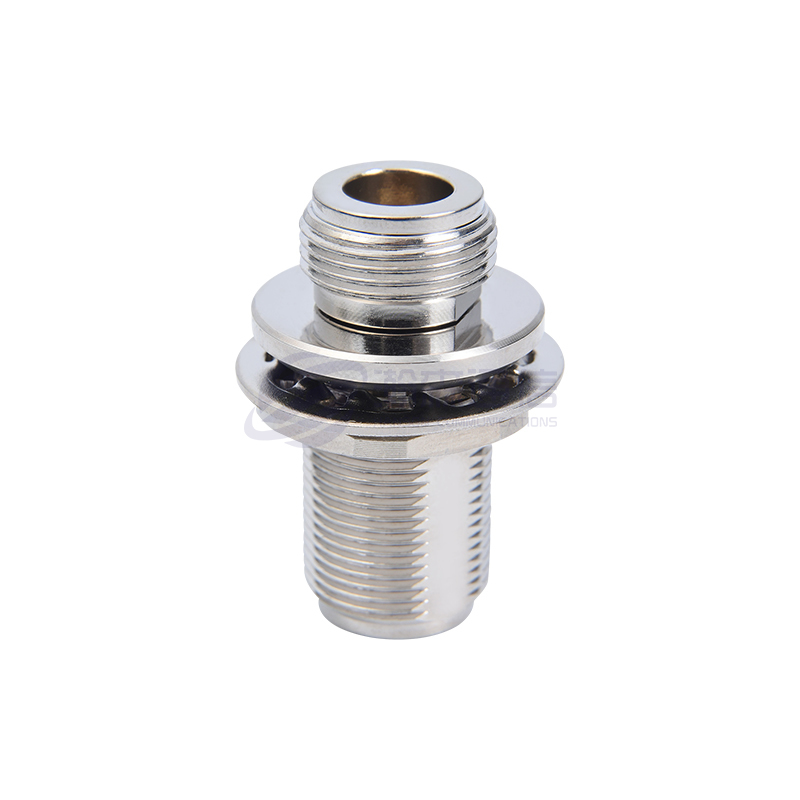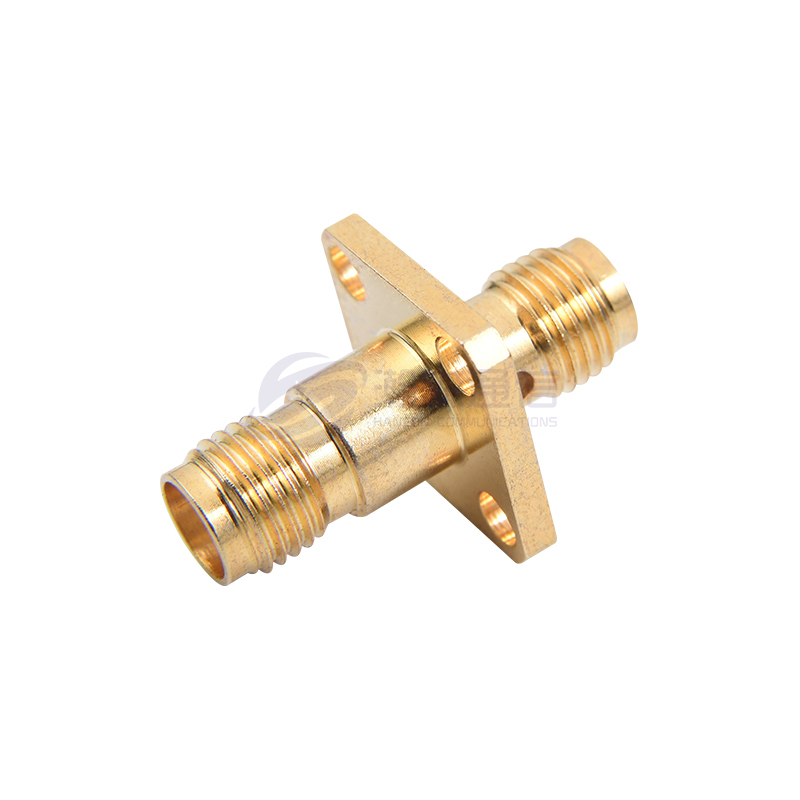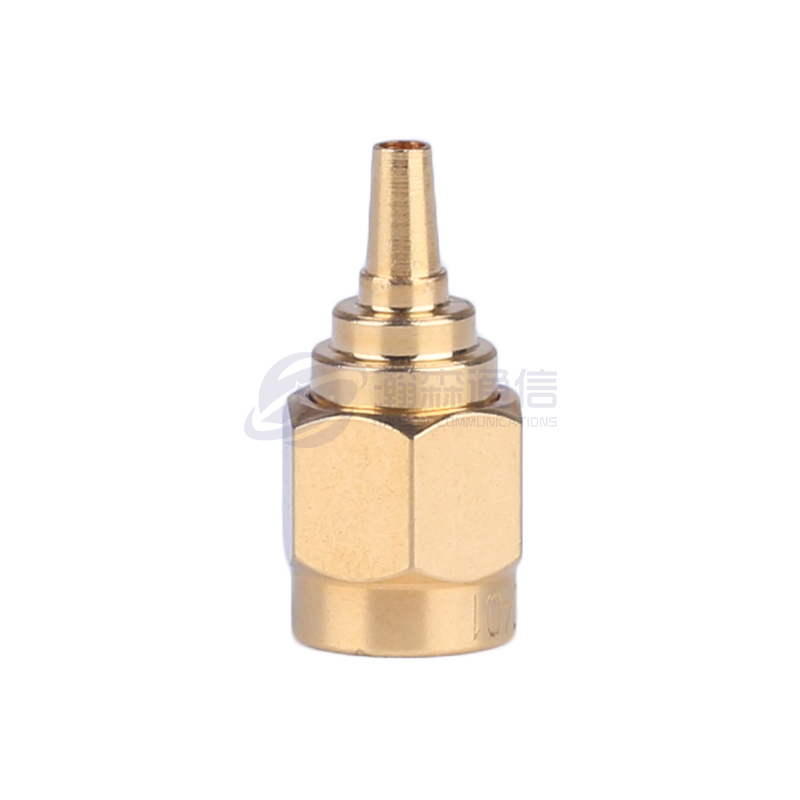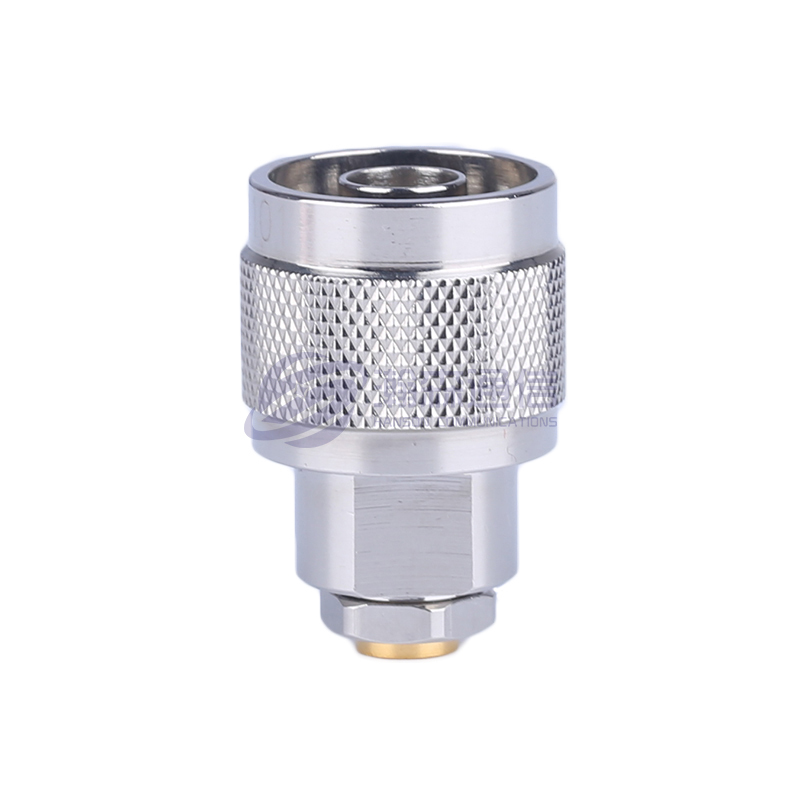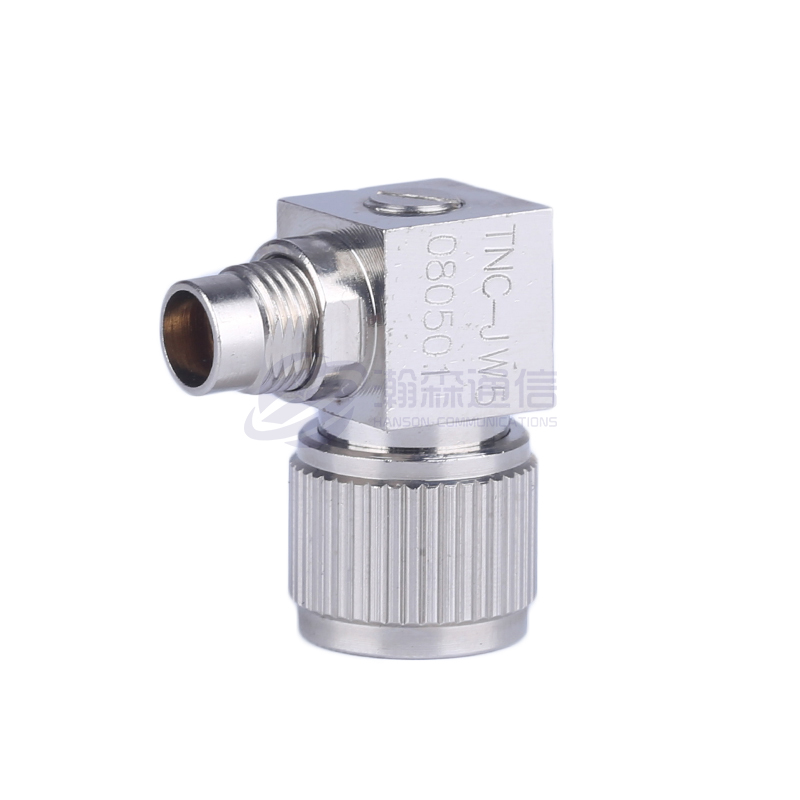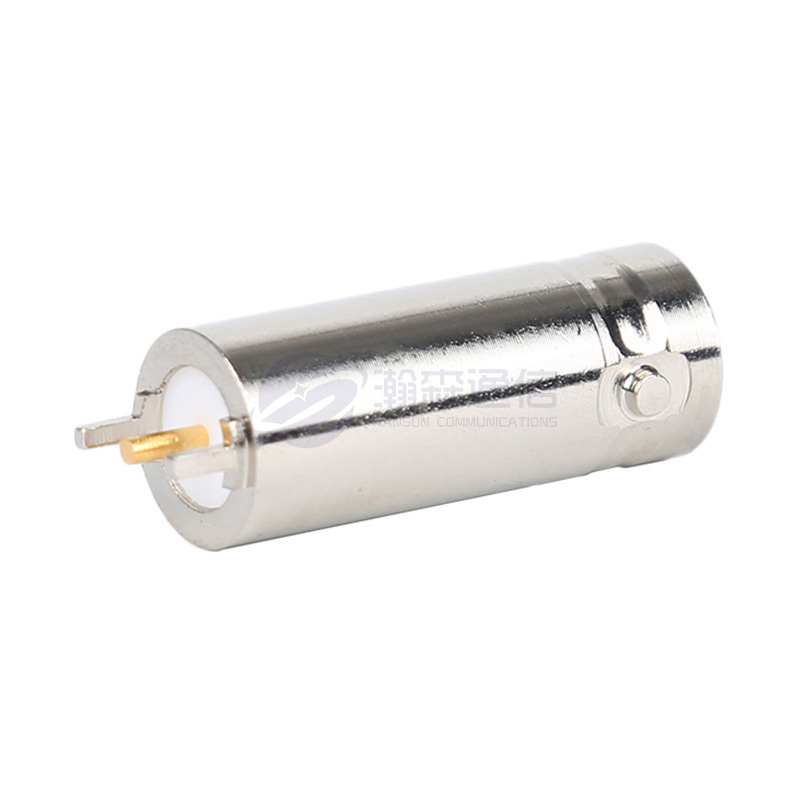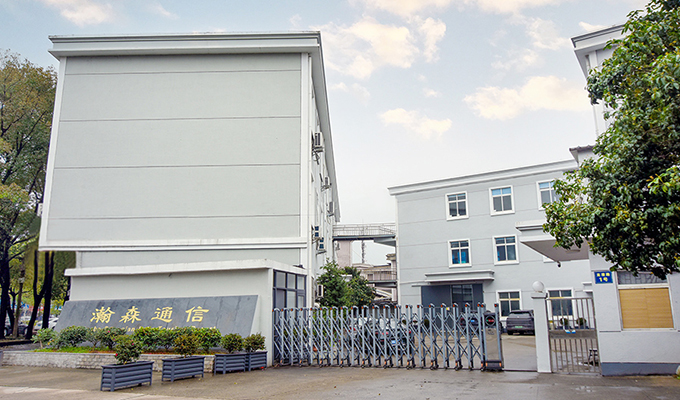
-
SMA connectors are one of the most common and widely used coaxial connectors in RF applications, widely used in communication equipment, microwave systems, antennas, test instruments, GPS, radar, and other high-frequency systems. Although the structure of an SMA connector seems simple, even a small mistake during insta...
READ MORE -
Choosing the right RF coaxial adapter is crucial, as it's a potential signal bottleneck; an inappropriate choice can directly impact the performance of the entire RF system. Below is an RF coaxial adapter selection guide to help you make the right choice. 1. Key Electrical Parameters (Performance Foundation)These param...
READ MORE -
Hermetically sealed connectors are widely used in special environments such as aerospace, military equipment, medical equipment, automotive electronics and industrial control. Its core value lies in its ability to prevent the intrusion of moisture, gases and contaminants and protect internal precision circuits. However...
READ MORE
RF coaxial connectors are key nodes in high-frequency signal transmission, and their installation quality directly impacts the performance of the entire communication system. They are typically used to connect two different interface types, ensuring signal transmission between connectors of different standards or sizes. RF coaxial adapters primarily serve to change connection methods, convert interface types, or adapt to devices with different frequency and impedance requirements. Ningbo Hansen Communication Technology Co., Ltd. is a manufacturer specializing in the production, processing, and trading of communications components, with over 30 years of experience in RF coaxial connectors, adapters, and cable assemblies. The company has developed its own machining, electroplating, and assembly shops, along with a stable and reliable network of suppliers.
1. Pre-Installation Preparations
Environmental Control Requirements:
The installation environment should maintain a stable temperature of 15-30°C and a relative humidity of ≤60%. The work area cleanliness level must meet ISO Class 6 standards. The work surface must meet anti-static requirements, with a surface resistivity within the range of 1×10⁴-1×10⁶Ω.
Tools and Testing Equipment:
High-precision torque wrench (±0.1 N·m)
End-face inspection microscope (magnification ≥40X)
Network analyzer (frequency range covers the test band)
Professional cleaning kit (includes anhydrous ethanol, dust-free cloth, etc.)
Connector Quality Inspection: Use optical inspection equipment to inspect the connector end face to ensure scratch depth is ≤0.05mm and that there are no visible surface contaminants. Contact resistance should be ≤1mΩ, and impedance matching tolerance should be within ±1Ω.
2. RF Coaxial Adapter Maintenance Guide
Cleaning and Maintenance
Clean the connector monthly with anhydrous ethanol (purity ≥99.7%) and a dust-free cloth. Treat stubborn stains with a dedicated RF connector cleaner. Maintain a single-direction wipe when cleaning (do not wipe in a rotating motion).
Contact Inspection
Check the elastic recovery of the center pin weekly. Observe contact surface wear using a 10x magnifying glass. Measure contact resistance (should be ≤2mΩ).
Protective Measures
Install a dust cap (IP54 rating) when not in use for extended periods.
Store in an ambient humidity ≤60% RH. Avoid storage with organic solvents.
Request for a call today

 English
English русский
русский

